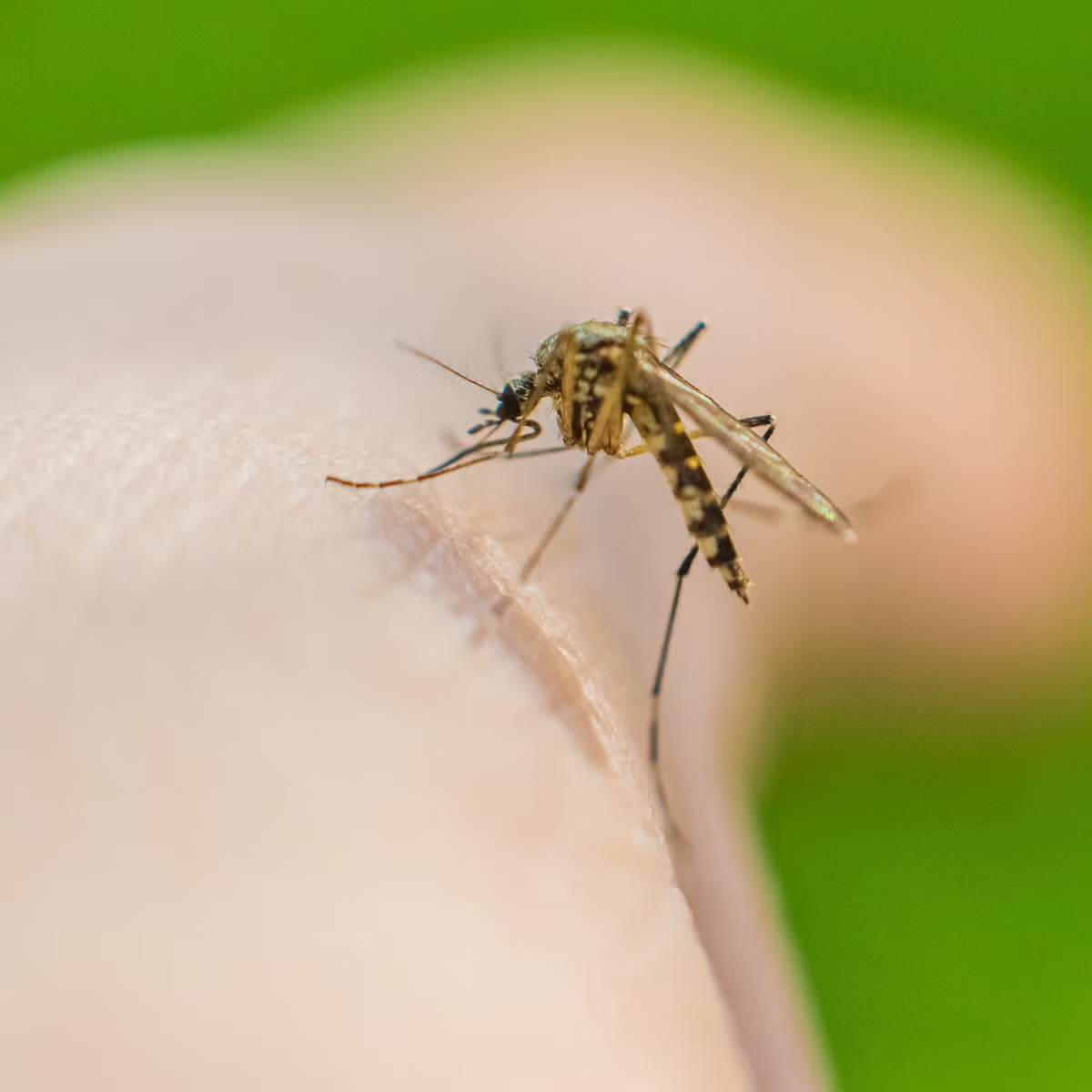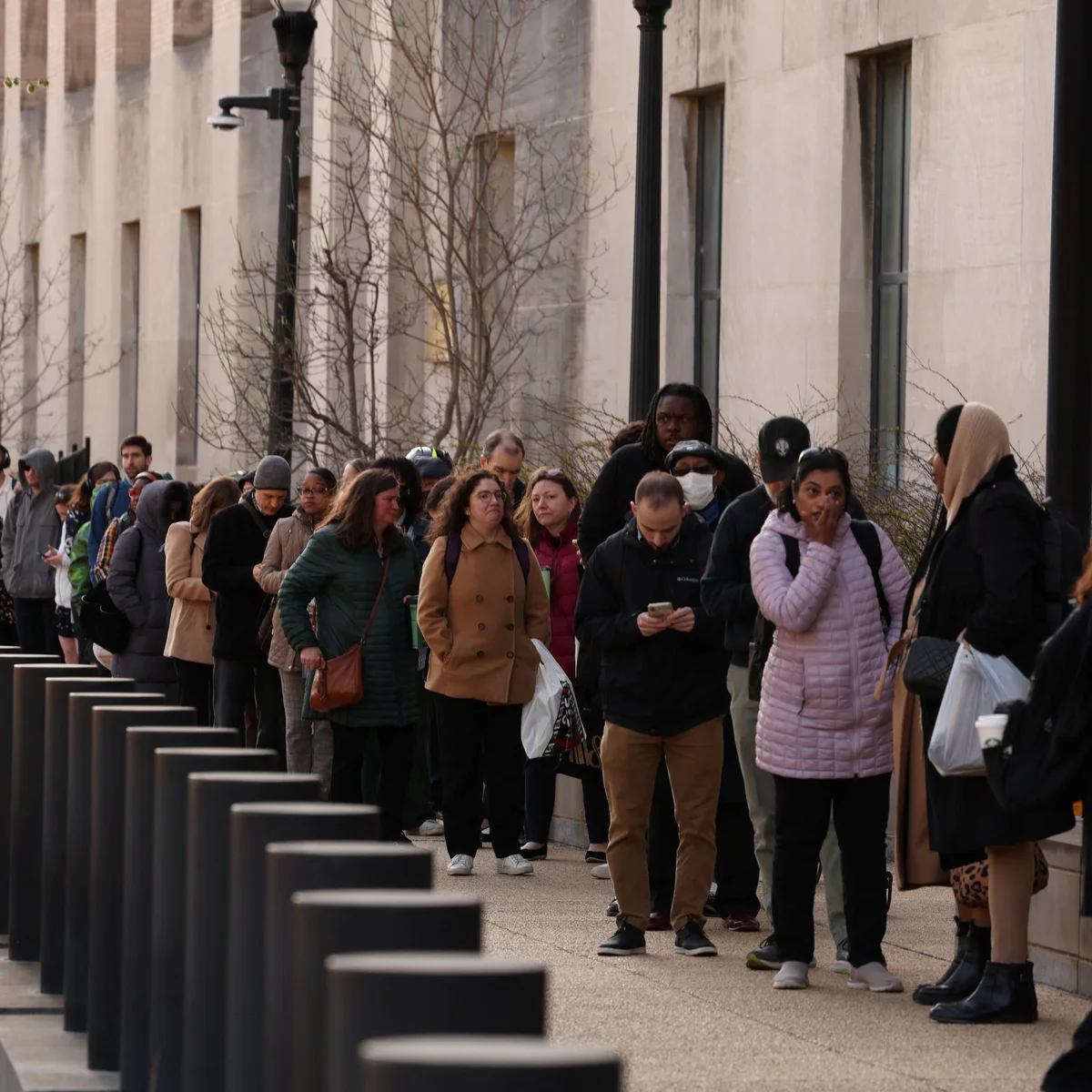A surge in cases of chikungunya, a mosquito-borne viral illness, has been reported in southern China, sparking international concern about the potential for wider spread. The outbreak, centered in Guangdong Province, has seen thousands of infections in recent weeks, overwhelming local health resources.
Understanding Chikungunya
Chikungunya is transmitted primarily by Aedes aegypti and Aedes albopictus mosquitoes, the same species known for spreading dengue and Zika viruses. Symptoms typically appear within a week of infection and include high fever, severe joint pain, rash, and muscle aches. While fatalities are rare, the disease can leave sufferers with lingering joint pain and fatigue lasting months or even years, significantly impacting quality of life.
Containment Efforts in China
Authorities in affected areas have deployed aggressive mosquito-control strategies. Measures include widespread insecticide spraying, elimination of standing water, community clean-up drives, and even the use of drones to identify breeding grounds. Residents have also been urged to cover water containers, install mosquito nets, and apply repellents.
Why the Outbreak Matters Globally
The rapid rise of cases in southern China has raised alarms because Aedes mosquitoes are present in many parts of the world, including Southeast Asia, Africa, the Americas, and southern Europe. With international travel resuming at pre-pandemic levels, there is a real risk that infected travelers could carry the virus abroad, potentially triggering local transmission in areas where the mosquitoes thrive.
Challenges Ahead
- Detection & Reporting: Many cases can be mistaken for dengue or other febrile illnesses, delaying accurate diagnosis.
- Mosquito Control: Dense urban environments make sustained vector control efforts extremely difficult.
- Seasonal Factors: Warmer, wetter climates accelerate mosquito breeding, raising the likelihood of future outbreaks.
- No Specific Cure: With no licensed vaccine widely available, treatment remains supportive, focusing on pain relief and hydration.
The Bigger Picture
The chikungunya outbreak is a reminder of how climate change, urbanization, and global mobility are making mosquito-borne illnesses harder to contain. While the outbreak remains localized for now, experts warn that vigilance is critical. Monitoring travelers, expanding public awareness, and strengthening mosquito control are key to preventing wider spread.
Conclusion
Though chikungunya is rarely fatal, its capacity to cause prolonged illness makes it a public health threat. The situation in China highlights the urgent need for global readiness in detecting and responding to vector-borne diseases. Without strong preventive measures, outbreaks like this could become increasingly common in the years ahead.
















Leave a Reply